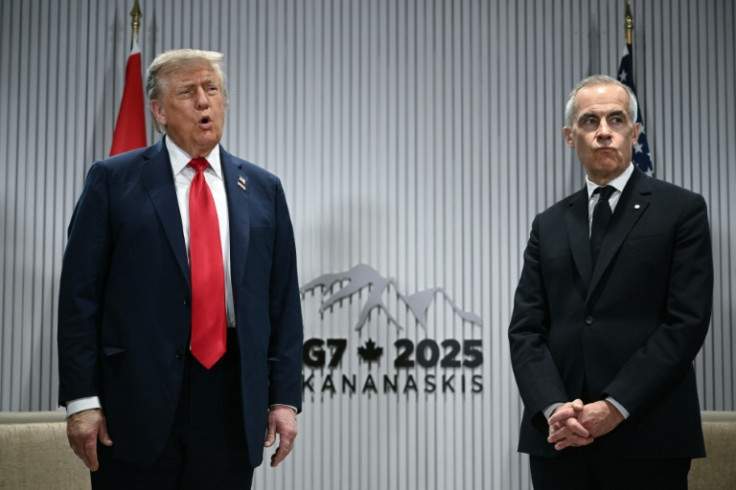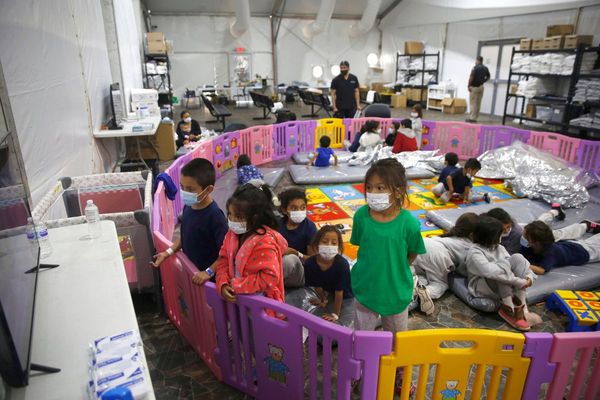
In a move that escalates trade tensions across North America, President Donald Trump announced a new 35% tariff on Canadian imports set to take effect on Aug. 1, citing long-standing grievances over drug trafficking and trade imbalances.
The surprise announcement, made via formal letters to Canadian officials late Thursday, significantly raises existing duties—many of which stood at 25%—and casts a shadow over one of the United States' closest economic partnerships. Goods covered under the U.S.–Mexico–Canada Agreement (USMCA) are currently exempt, though analysts warn that exemption could be short-lived.
As reported by Reuters, the White House framed the move as a "corrective action" against what it described as Canada's lax efforts to curb fentanyl trafficking and persistent protectionism in key industries such as dairy and lumber. The tariff is also viewed as part of a broader offensive aimed at rebalancing U.S. trade relationships ahead of the 2026 general election.
Market Reaction: Cautious but Measured
Markets initially responded with concern. S&P 500 futures fell by nearly 1% in pre-market trading before partially recovering. The Dow Jones Industrial Average dropped over 250 points, while the Nasdaq retreated by approximately 0.4%, amid fears of retaliatory tariffs and disrupted supply chains.
Currency markets also reacted, with the U.S. dollar strengthening modestly against the Canadian dollar, reflecting investor uncertainty over the economic fallout from a potential trade dispute between the two neighbors.
As reported by MarketWatch, Canadian exporters in sectors like auto parts, processed foods, and metals may be hardest hit, especially if exemptions under USMCA are revised or revoked. Meanwhile, consumer brands that source materials from Canada are evaluating supply chain risks and potential price hikes.
A New Front in Trade Wars
The Canada tariff is part of a larger trade agenda that includes proposed hikes on imports from Brazil, South Korea, and parts of Europe and Asia. According to Reuters, additional duties—ranging from 15% to 50%—are in the works for commodities like copper, pharmaceuticals, and steel products.
The Trump campaign has positioned these tariffs as necessary tools to restore U.S. manufacturing and reduce reliance on foreign inputs. Critics argue that they risk reigniting inflation and straining diplomatic ties at a critical moment for global markets.
3 Weeks to Negotiate
With the effective date set for Aug. 1, Canada and other targeted trade partners now face a narrow window to negotiate tariff rollbacks or exemptions. Canadian officials have yet to issue a formal response but are reportedly exploring WTO options and regional discussions.







